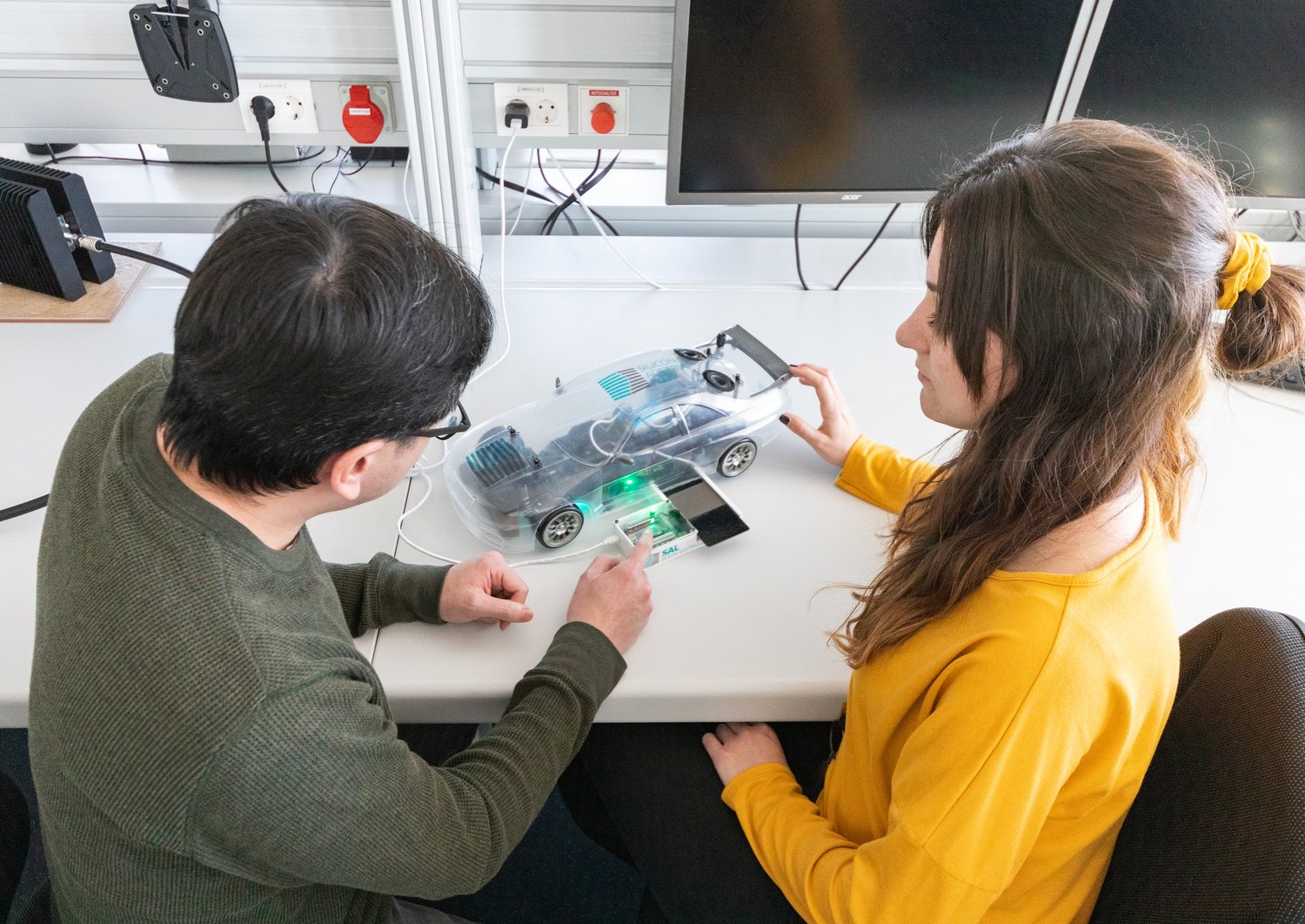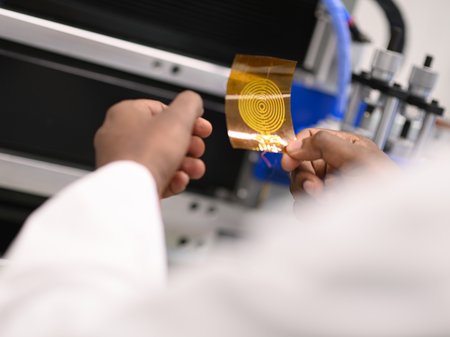All electronic-based systems intentionally and unintentionally emit electromagnetic waves, which can affect both the device itself as well as other devices in the vicinity. The goal of electromagnetic compatibility is to create electronic devices that work alongside each other in coexistence as well as interactively without interferences.
Electromagnetic compatibility is a so-called “non-functional criterium”. This means that the electromagnetic compatibility doesn’t enhance the power of a device. However, it ensures the device’s performance without interferences in the required environments, meaning that it does not negatively affect other devices in its vicinity. If electronic-based systems are working interference-free, the electromagnetic compatibility is not visible to the end user; however, if interferences occur or a device is malfunctioning, the end user is affected directly. Additionally, devices that do not comply with the specific EMC criteria cannot be sold at the respective marketplaces.
Sustainability of electromagnetic compatibility
In general, electromagnetic compatibility ensures that devices work together interactively as well as in coexistence with other systems to the best of their ability. Normally the compatibility is tested only towards the latest stages of the design process of a prototype when there is already a physical device or system at hand. However, this is very late because usually problems or interferences occur which means that the entire prototype cannot go into production and has to be revised. This late-stage testing isn’t only very cost-intensive because the later a problem occurs, the more expensive it is to revise the entire system, but also not very resource-efficient.
Simulations to realize electromagnetic compatibility at an early stage
The CEMC research unit at SAL has started using simulations to predict most of the possible electromagnetic interferences at an early stage in the design process and not only in the prototype phase. With different physical or mathematical models, the electromagnetic behavior of certain components can be estimated. This way, problems can be removed before they even occur at the prototype. This saves time, costs and resources and contributes to a more sustainable development of electronic-based systems. In addition, it makes it possible to put products on the market faster than the competitors.
“In times of a shortage of components, our simulations can also help to predict the compatibility of available spare parts. This way, no new parts have to be produced and supply shortages can be avoided. We just have to test the electromagnetic compatibility of already existing parts and use those if they are compatible,” adds Bernhard Auinger, head of the CEMC research unit.








